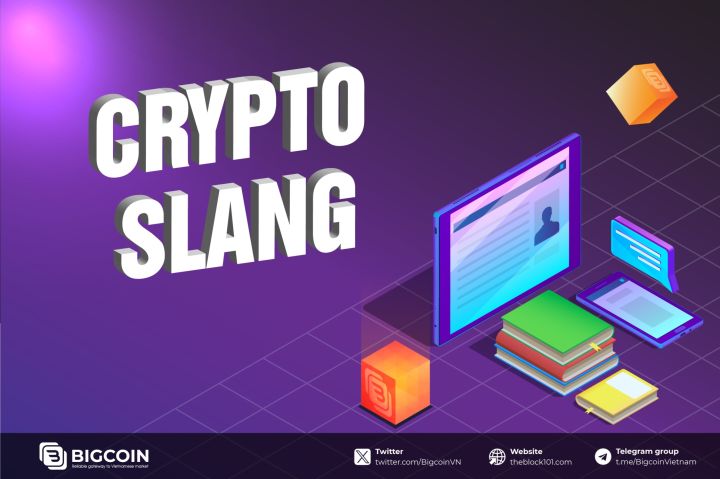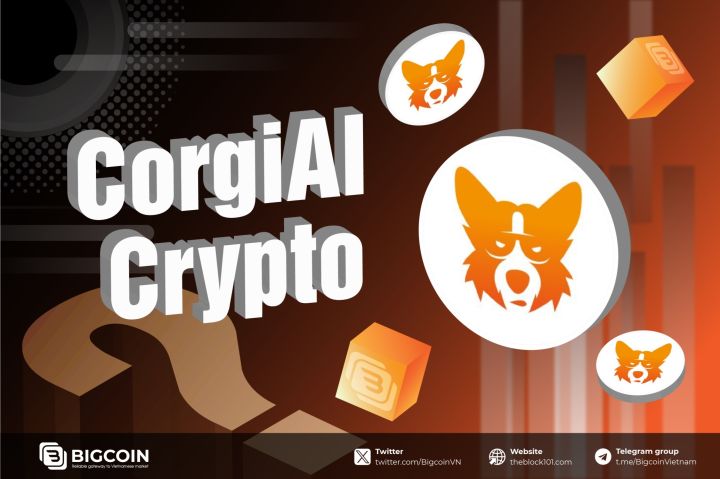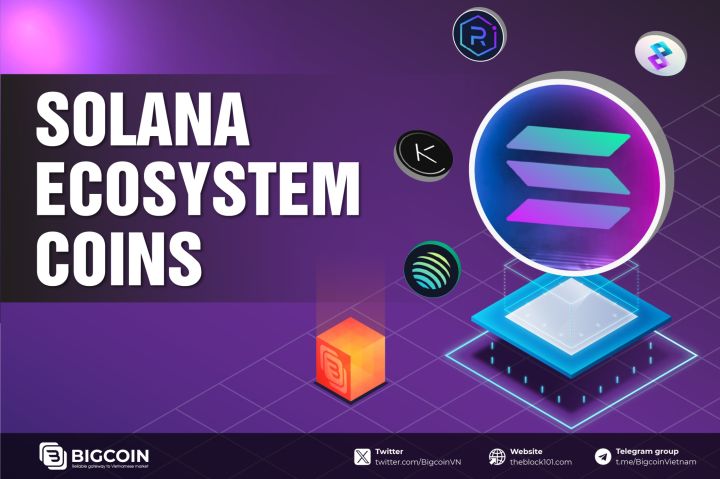1. What are DApps?
DApps (Decentralized Applications) are applications that run on a peer-to-peer network rather than a centralized server. They utilize blockchain technology to ensure data is distributed across numerous nodes, providing a more secure and transparent framework. This decentralized nature eliminates the need for intermediaries, offering users greater control and privacy.
A decentralized application typically has the following characteristics:
-
Open source: The codebase is open for scrutiny and contributions from the community.
-
Decentralized: Data and operations are distributed across a network of nodes, reducing the risk of a single point of failure.
-
Incentivized: Users and developers are often rewarded with tokens for their participation and contributions.
-
Consensus mechanism: The application uses a consensus algorithm (such as proof-of-work or proof-of-stake) to validate transactions and maintain network integrity.
2. Notable DApps examples
2.1. Cryptokitties
Cryptokitties is one of the earliest and most well-known DApps. Launched in 2017, it is a blockchain-based game where players can collect, breed, and trade virtual cats. Each Cryptokitty is a unique, non-fungible token (NFT) stored on the Ethereum blockchain. The game's popularity highlighted the potential of NFTs and introduced many to the concept of digital ownership.
Impact:
-
Pioneering NFTs: Cryptokitties was among the first to demonstrate the viability of NFTs, leading to the current boom in digital art and collectibles.
-
Scalability issues: The game's success also exposed scalability issues within the Ethereum network, prompting further research and development in blockchain scalability solutions.
2.2. Uniswap
Uniswap is a decentralized exchange (DEX) that allows users to trade ERC-20 tokens directly from their wallets without the need for a centralized intermediary. Utilizing an automated market maker (AMM) model, Uniswap provides liquidity through user-contributed pools.
Impact:
-
Financial inclusion: Uniswap enables anyone with an internet connection to participate in trading, offering financial services to underserved populations.
-
DeFi revolution: It played a crucial role in the rise of decentralized finance (DeFi), a movement aimed at recreating traditional financial systems using blockchain technology.
2.3. Compound
Compound is a decentralized lending and borrowing platform. Users can lend their cryptocurrency assets to earn interest or borrow assets by providing collateral. The platform uses smart contracts to automate these processes, ensuring transparency and reducing the need for intermediaries.
Impact:
-
Decentralized Finance: Compound has significantly contributed to the DeFi ecosystem by offering an alternative to traditional banking services.
-
Governance: The introduction of the COMP token allowed for decentralized governance, giving users a say in the platform's development and policies.
2.4. MakerDAO
MakerDAO is a decentralized autonomous organization that operates the DAI stablecoin. DAI is a cryptocurrency pegged to the US dollar, maintained through a system of smart contracts and collateralized debt positions (CDPs).
Impact:
-
Stablecoin innovation: MakerDAO's DAI provides stability in the volatile crypto market, making it a valuable asset for traders and investors.
-
Decentralized governance: The MakerDAO community actively participates in governance decisions, showcasing a successful implementation of a decentralized organization.
2.5. Decentraland
Decentraland is a virtual reality platform where users can create, explore, and trade in a digital world. Built on the Ethereum blockchain, it allows users to purchase parcels of land, develop them, and monetize their creations.
Impact:
-
Virtual economy: Decentraland has created a thriving virtual economy, blending gaming, real estate, and commerce.
-
User-generated content: The platform empowers users to build and profit from their virtual creations, promoting creativity and entrepreneurship.
2.6. Aave
Aave is another decentralized lending platform that allows users to earn interest on deposits and borrow assets. Unique features like flash loans (instant, uncollateralized loans) set Aave apart from other DeFi platforms.
Impact:
-
Innovation in lending: Flash loans introduce new possibilities for arbitrage and liquidity management, showcasing the flexibility of decentralized finance.
-
Security and transparency: Aave's use of smart contracts ensures that all transactions are transparent and secure, reducing counterparty risk.
2.7. Axie Infinity
Axie Infinity is a blockchain-based game where players can collect, breed, and battle fantasy creatures called Axies. It integrates elements of gaming with a robust economy powered by NFTs and its native token, AXS.
Impact:
-
Play-to-earn model: Axie Infinity popularized the play-to-earn model, allowing players to earn real income through gameplay.
-
Community engagement: The game's strong community and player-driven economy demonstrate the potential of decentralized gaming.
3. Advantages and disadvantages of DApps
3.1. Advantages
-
Enhanced security
DApps operate on decentralized networks, reducing the risk of hacking and data breaches. The use of cryptographic algorithms and consensus mechanisms ensures data integrity and security.
-
Transparency
All transactions and operations in a DApp are recorded on a public ledger, providing transparency and accountability. This openness helps build trust among users and stakeholders.
-
Autonomy
DApps eliminate the need for intermediaries, giving users more control over their data and transactions. This autonomy can lead to more efficient and cost-effective services.
-
Incentives for participation
Many DApps reward users and developers with tokens, fostering a community-driven ecosystem. These incentives encourage active participation and contribute to the growth and improvement of the platform.
3.2. Disadvantages
Despite their benefits, DApps face several challenges, including:
-
Scalability: Many blockchain networks struggle with scalability, limiting the performance and user experience of DApps.
-
User experience: DApps often require users to manage private keys and interact with complex interfaces, posing usability challenges.
-
Regulatory uncertainty: The regulatory landscape for blockchain and cryptocurrencies is still evolving, creating uncertainties for DApp developers and users.
However, the future of DApps looks promising. Ongoing advancements in blockchain technology, such as Ethereum 2.0 and layer 2 solutions, aim to address scalability issues. Improved user interfaces and educational resources will likely enhance user experience. Moreover, as regulatory frameworks become clearer, the path for widespread adoption of DApps will be more defined.
4. Conclusion
Decentralized applications are revolutionizing various industries by offering secure, transparent, and autonomous alternatives to traditional centralized systems. From gaming and finance to virtual worlds and digital art, DApps are unlocking new possibilities and empowering users like never before. As the technology and ecosystem continue to evolve, the impact of DApps is set to grow, paving the way for a more decentralized and equitable digital future.
Read more:

 English
English Tiếng Việt
Tiếng Việt.jpg)
%20(21).png)
%20(20).png)
%20(19).png)
%20(18).png)
%20(17).png)
%20(16).png)
%20(15).png)
%20(11).png)
.png)
%20(2).png)
%20(3).png)
%20(5).png)




